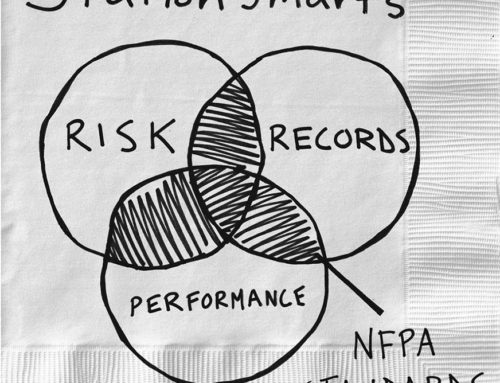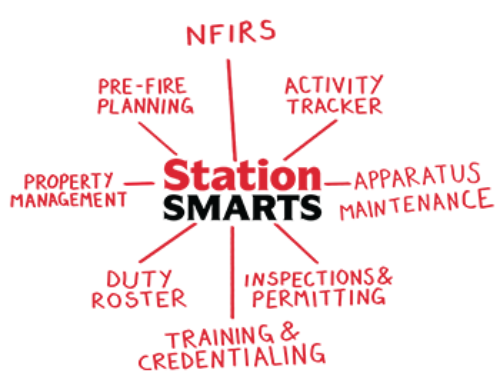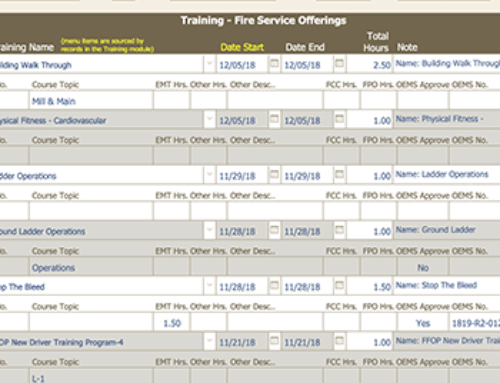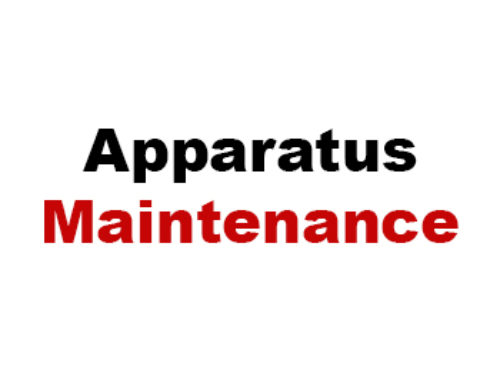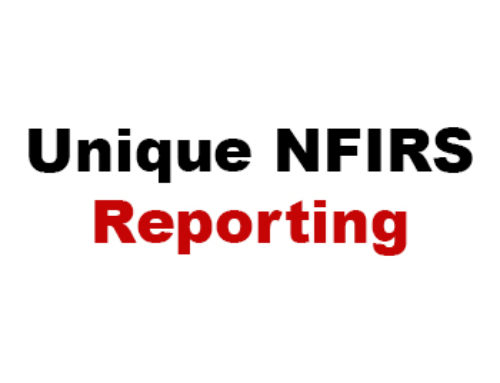
Chief Anthony Stowers recently led the Maynard Fire Department through a successful ISO audit.
The ISO conducts occasional evaluations of public fire protection, flood risk and the adoption and enforcement of building codes in communities across the United States. These third-party evaluations help insurance agencies underwrite policies more accurately. They also help local communities and fire departments better manage and mitigate their risks. Recently, Chief Anthony Stowers led the Maynard Fire Department through a successful ISO audit.
Five Steps to Prepare for an ISO Audit
The ISO’s Public Protection Classification program provides a score to each community. Of the possible 105.5 points that can be earned, 50 of those points are based on an evaluation of the fire department. According to Ask ISO: A Guide to Your Next Rating, the results of your ISO audit stay in effect for 10 to 15 years. So it’s important to get a good score. Here are five steps to help you prepare for an ISO audit:
1. Review the Current Fire Suppression Rating Schedule
The Fire Suppression Rating Schedule (FSRS) was designed by the ISO to evaluate four elements critical to fire suppression efforts, including the fire department. Because it incorporates the best practices and standards developed by the National Fire Protection Association, it is a valuable tool to help your department continually improve.
2. Gather the Relevant Information
One of the greatest challenges in preparing for an ISO audit is gathering all of the necessary information. This is a time-intensive process that is best started before you are under the pressure of a deadline, and when you can still make improvements. Use the FSRS to determine what type of information you need to gather from the last year and bring it all together in one location.
3. Develop a Records Management System
What types of information was easy to gather? What type of information was particularly difficult to pull together? How can you make the process easier going forward? This is where a program like StationSmarts can be particularly helpful provided that it is set up properly and your department is making use of it routinely. Organize the information so it is easily accessible—whether in hard files or through a database. And if you don’t have a database in place yet, this can also help determine whether a specific database will meet your needs and what data needs to be uploaded for it to be effective.
4. Conduct a Self-Audit
You can’t help your department improve if you don’t know have a baseline measurement. Use the FSRS to conduct an audit of your department so you know how it matches up to ISO requirements and industry best practices. Identify the areas where performance is lacking and create a plan to address those weaknesses.
5. Complete the Pre-Survey Packet
Once an audit is scheduled, you’ll receive a pre-survey packet. Use the systems you have put in place to complete the packet in preparation for the audit.
StationSmarts Can Help You Prepare for an ISO Audit
When developing a records management system, consider StationSmarts. Each standard of the FSRS is built into our system to help make preparing for an ISO audit a whole lot easier. “Make sure you put the data relevant to an ISO inspection into your system,” says Chief Stowers. “Like all data collection software, the bulk of the work is up front, but if it’s done correctly it will make life considerably easier on the other end.” If you’re looking to improve your ISO rating and make the process a whole lot easier, click on the link below. We’d be happy to show you how we can make a positive difference for your department.

